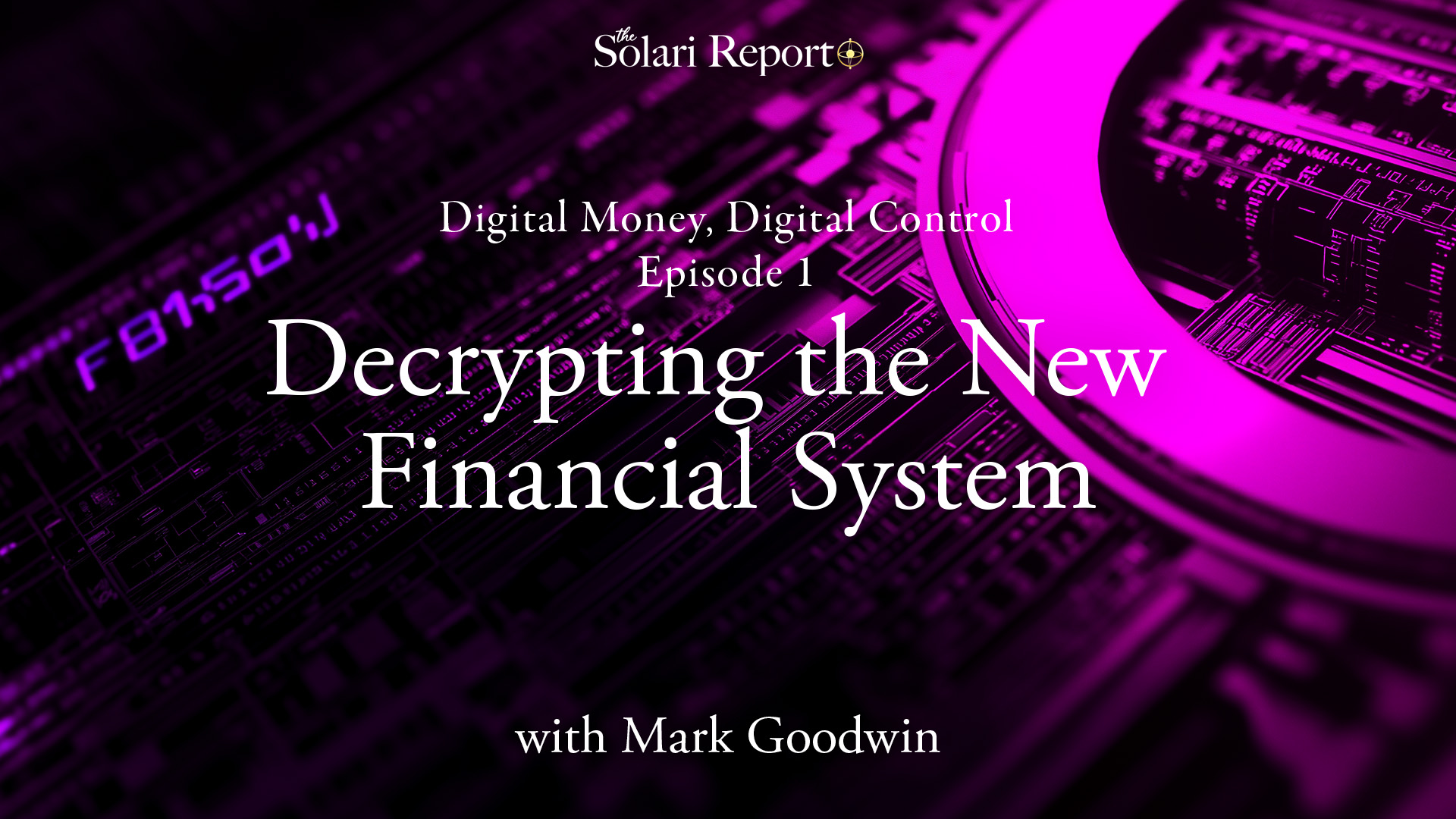“There is a great advantage for the young capitalist to begin his financial education and experience early. If he is going to operate as an aggressive investor he is certain to make some mistakes and to take some losses. Youth can stand these disappointments and profit by them. We urge the beginner in security buying not to waste his efforts and his money in trying to beat the market. Let him study security values and initially test out his judgment on price versus value with the smallest possible sums.” ~ Benjamin Graham
By Catherine Austin Fitts
The first step in assessing the existing and potential value of a company is accessing their company and financial information.
Tonight we are going to go through how to access company information, with a focus on companies that issue securities to the US public and consequently are governed by US securities law as regulated and enforced by the US Securities and Exchange Commission.
We will keep an eye on how to “dig deeper” and connect what a company says about what it is doing and how that connects with trends and activities in the wider economy, including industries and places.
To continue reading Catherine’s commentary on current events subscribe to The Solari Report here. Subscribers can log in to finish reading here.
1. Overview of Corporate Capital Structure
- Governance Structure
- Fixed Income: Notes, Bonds, Debentures, Derivatives, Private Activity Bonds
- Equity: Common Stock, A Shares/B Share Stock, Preferred Stock
- Hybrids, Convertibles, Warrants & Options
Company Disclosure:
– Annual Report
– Financial Statements
2. Liquid vs. Illiquid Financial Assets
3. Markets and Market Makers
4. Disclosure: A Critical Ingredient to Liquid Markets
- US Securities and Exchange Commission
- SEC: Edgar Database
- Prospectus
- Morningstar: Introduction to the SEC and Company Filings Overview
- Company Websites: Investor Relations sections has update lists, event announcements and recordings, Annual Reports and links to SEC filings.
- Municipal Bond Official Statements
5. Determining the Reliability of Company Disclosure and Financial Statements
Related Reading:





